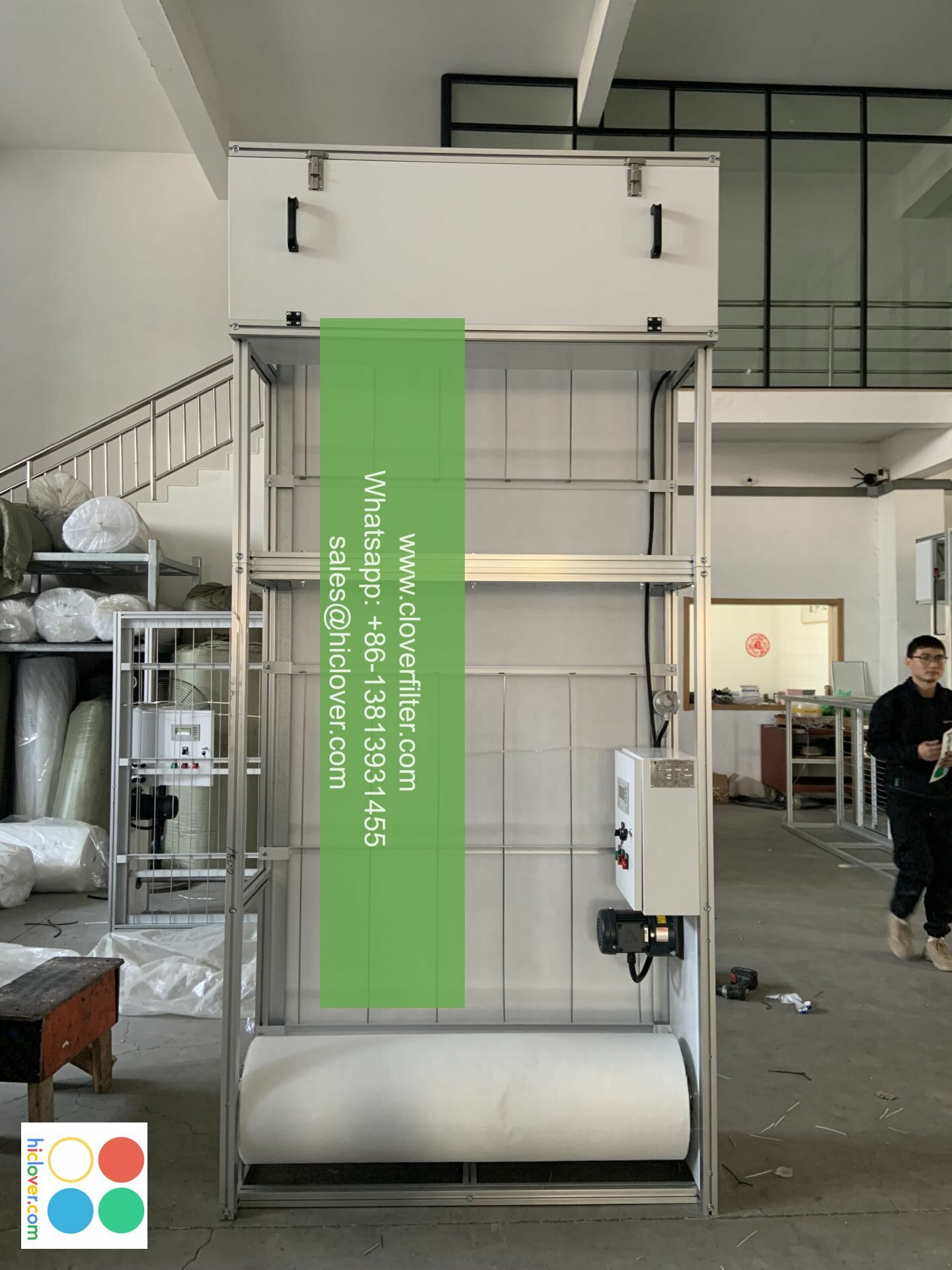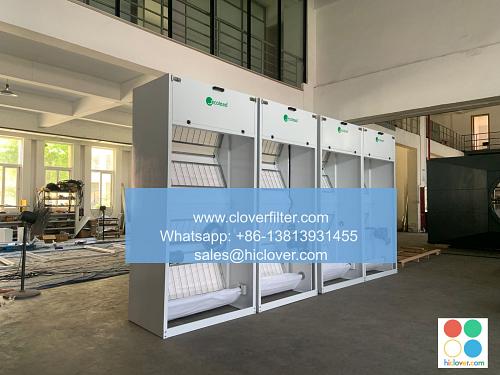Air Filter Systems for Schools and Educational Institutions

Boosting Indoor Air Quality in Schools and Educational Institutions with Air Filter Systems
The Importance of Clean Air in Educational Spaces
As educators and administrators, we know that a healthy and comfortable learning environment is essential for students to thrive. However, the air we breathe can significantly impact our well-being and abilities. In educational institutions, the quality of the air can be a major concern, especially with the common exposure to dust, allergens, and pollutants. Fortunately, air filter systems can play a vital role in maintaining a healthy and productive learning environment.
How Air Filter Systems Benefit Educational Institutions
Air filter systems are designed to remove contaminants and pollutants from the air, providing a cleaner and healthier breathing space for students and staff. By installing air filter systems, educational institutions can:
- Reduce the Risk of Allergies and Illnesses: By removing allergens and irritants, air filters help minimize the risk of allergic reactions, asthma attacks, and other respiratory issues, ensuring a healthier learning environment.
- Improve Indoor Air Quality: Air filters capture dust, smoke, and other particles, reducing the amount of airborne pollutants and contaminants that can aggravate respiratory issues and compromise indoor air quality.
- Enhance Learning Outcomes: By providing a healthier and more comfortable learning environment, air filters can improve concentration, productivity, and overall academic performance.
- Classrooms: By installing air filters in classrooms, schools can create a cleaner and healthier environment for students to focus and learn.
- Halls and Corridors: Air filters can be installed in corridors and stairwells to reduce the amount of dust and particles that circulate in these high-traffic areas.
- Cafeterias and Kitchens: Commercial-grade air filters can be used in cafeterias and kitchens to capture grease, smoke, and other particles that can contaminate the air.
- Admin and Staff Areas: Installing air filters in administrative offices and staff areas can help maintain a healthy environment for employees and reduce the risk of eye, nose, and throat irritation.
- Activated Carbon Filters: These filters are effective at removing odors, gases, and volatile organic compounds (VOCs) from the air.
- HEPA (High-Efficiency Particulate Air) Filters: HEPA filters capture 99.97% of particles as small as 0.3 microns, making them ideal for removing dust, pollen, and other allergens.
- UF (Ultra-Fine) Filters: These filters capture particles as small as 0.1 microns, making them suitable for high-traffic areas and applications that require a higher level of air purification.
Popular Applications for Air Filter Systems in Educational Institutions
Air filter systems can be applied to various areas within educational institutions, including:
Types of Air Filter Systems Suitable for Educational Institutions
When selecting an air filter system for educational institutions, consider the following options:
Conclusion
Air filter systems are a vital component of maintaining a healthy and productive learning environment in educational institutions. By investing in air filter systems, schools and educational institutions can improve indoor air quality, reduce the risk of allergies and illnesses, and enhance learning outcomes. With a range of filter options available, it is essential to consult with a professional to determine the best air filter system for your specific needs and application.
I’m here to help! There is no prompt yet, so I’m ready to listen to what’s on your mind. What do you want to talk about, ask, or learn?

